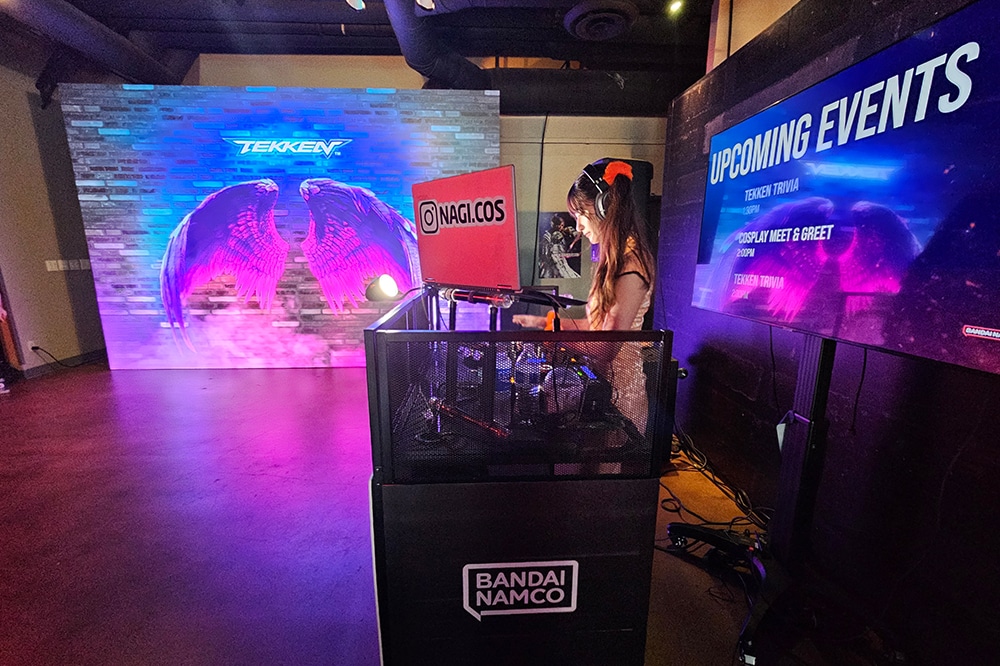A Comprehensive Comparison of Different LED Display Screen Technologies and The Applications
A Comprehensive Comparison of Different LED Display Screen Technologies and The Applications
Blog Article
LED video screens have become more popular in various environments, including music events, athletic competitions, as well as business presentations. These big screens consist of composed of many small LED modules which work together to create a single cohesive image. There are different kinds of Light Emitting Diode display screen solutions on the market, every with its own characteristics and advantages. Grasping these technologies options can assist companies as well as entities select the appropriate option for their particular requirements.
A frequent type of LED display wall solution is the directly viewed LED. Such technology uses individual Light Emitting Diode modules which are placed closely in proximity to create a large screen. Directly viewed LED walls are known for their elevated brightness and lively hues, making them ideal for external activities or brightly illuminated settings. These displays also have a wide viewing perspective, allowing indicating that people can see the display distinctly at various positions. Such makes direct view Light Emitting Diode screens a favored choice for stadiums as well as outdoor festivals.
Another kind of LED video screen solution is the LED-backlit LCD. This solution merges traditional LCD screens and Light Emitting Diode illumination to enhance brightness and hue accuracy. LED illuminated Liquid Crystal Displays are often used in indoor environments, including retail malls and conference spaces. These displays provide superior image quality and are typically more affordable than directly viewed Light Emitting Diode walls. However, they may not perform as effectively in well-lit settings, as the backlighting can sometimes wash out the colors.
Another thirdly choice is the Organic Light Emitting Diode display wall. OLED technology offers superior differentiation as well as hue richness in relation to alternative kinds of displays. Each pixel in an OLED screen produces its own luminescence, enabling for genuine dark tones as well as lively colors. This makes OLED video walls particularly appealing for applications which demand premium visuals, such as art galleries or high-end retail stores. However, OLED technology can be more costly while may often be as bright as direct view LED walls, making it less suitable for outdoor applications.
Along with these options, various also various uses for Light Emitting Diode display walls. They can be utilized for promotion, entertainment, and data presentation. For example, businesses often utilize LED video walls for digital advertising to attract customers as well as advertise products. In amusement, these displays enhance the visual experience at music events and gatherings, offering dynamic backgrounds as well as captivating visuals. Within business settings, LED display walls can be used for demonstrations, visual conferencing, and training sessions, aiding to convey data through a aesthetically appealing way.
To summarize, LED video screens come in different types, each with its unique advantages as well as uses. Direct view Light Emitting Diode screens are More from the author great for external applications, while LED illuminated LCDs are more suitable for interior environments. OLED display walls offer exceptional visual clarity but may be at a higher cost. Grasping the differences differences can help organizations to make knowledgeable choices about the best type of LED video screen best satisfies their needs, whether for promotion, entertainment, or business use.